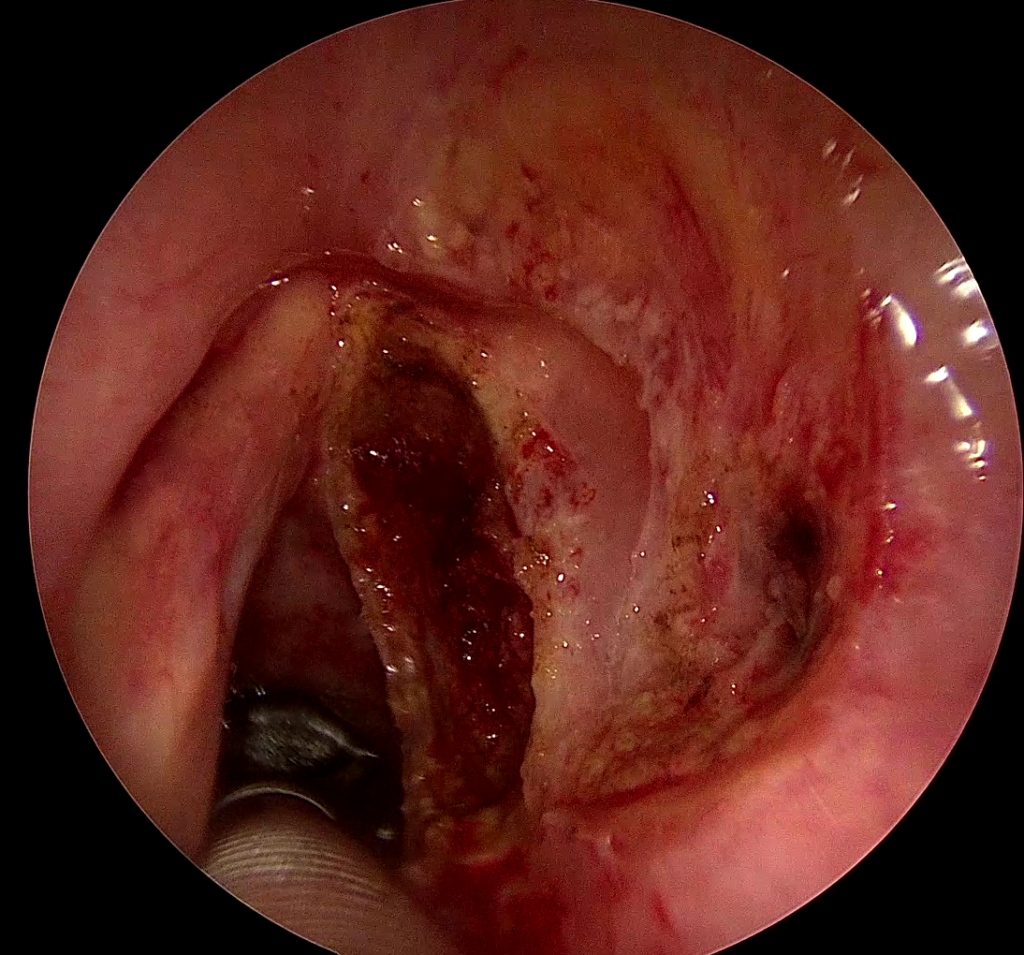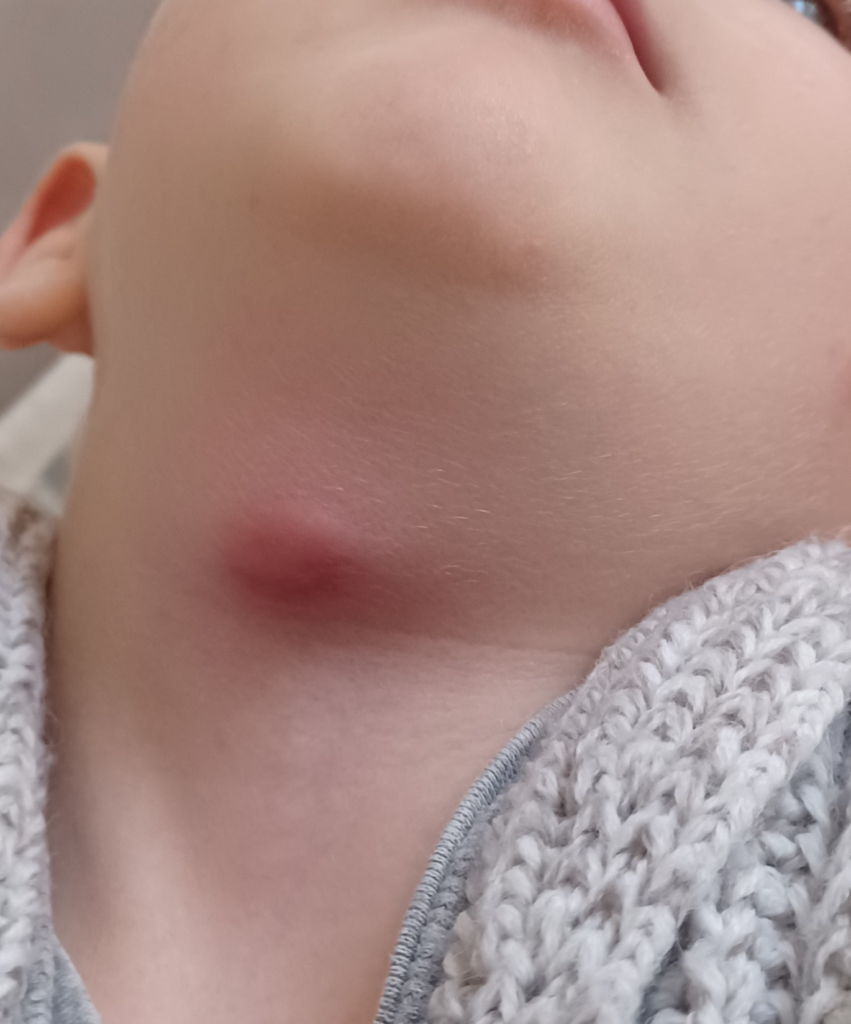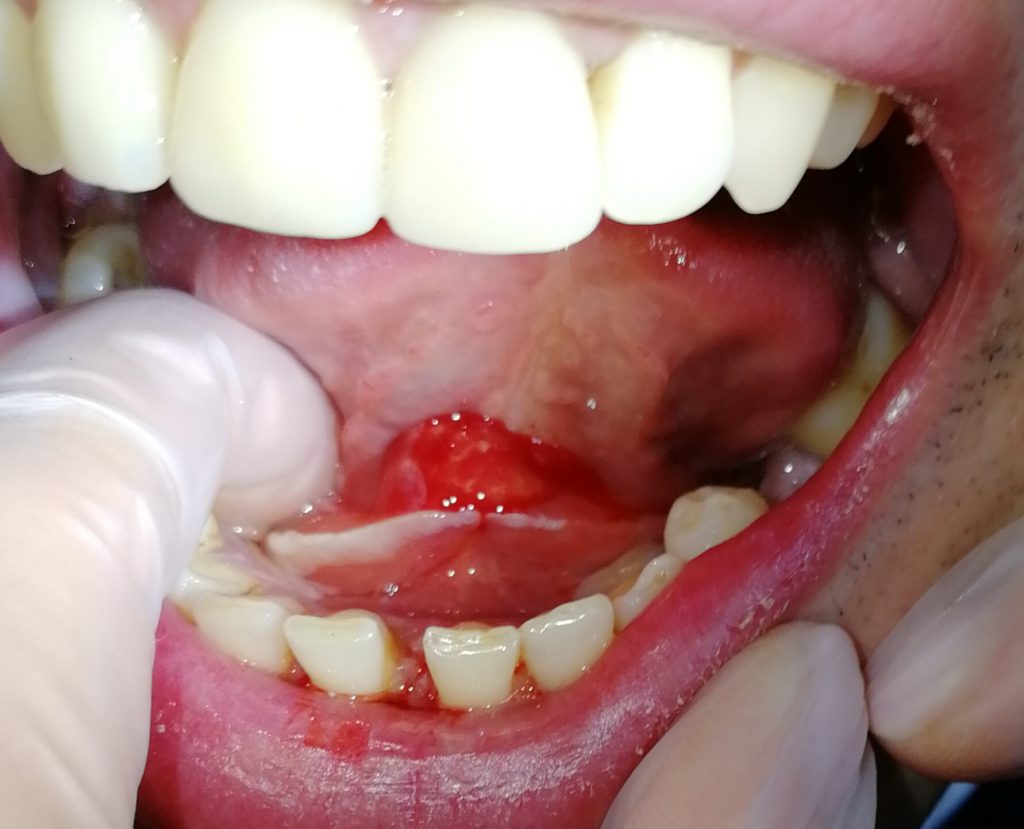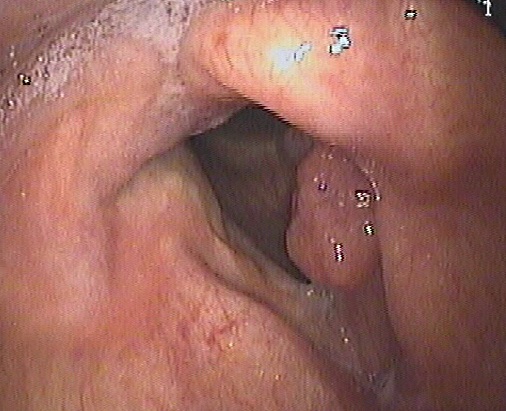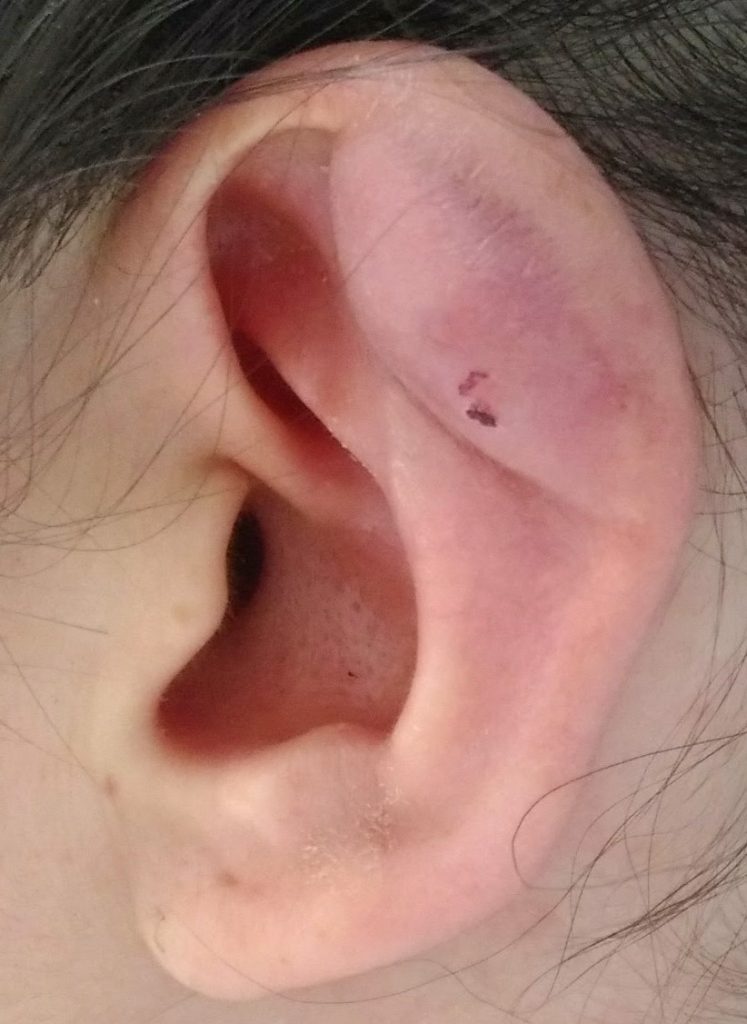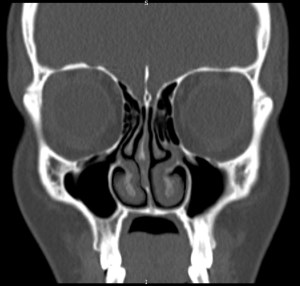Controllo endoscopico pre e post intervento di exeresi di neoformazione della corda vocale destra asportato mediante intervento di cordectomia LASER di III tipo dopo vestibulectomia. L’esame istologico definitivo ha confermato un carcinoma squamocellulare G2 pT1a asportato in margini indenni.

